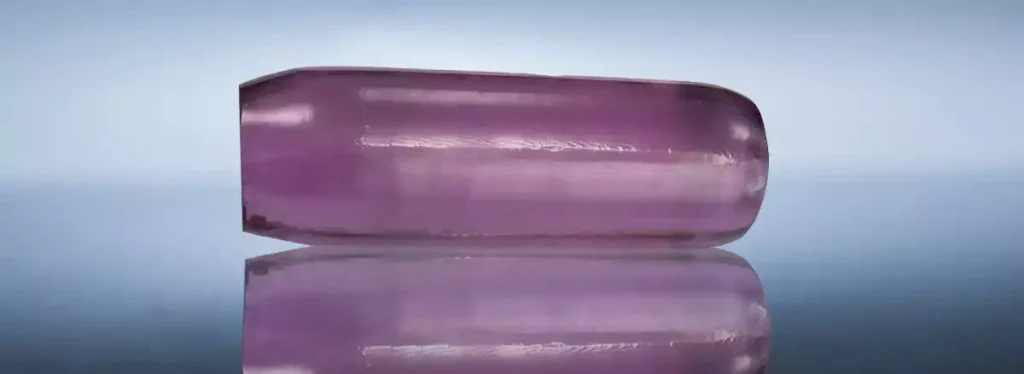Laser crystals are essential components in the construction of lasers, serving as the gain media responsible for the amplification of light. They play a crucial role in determining the characteristics of the laser beam, including its wavelength, power, and efficiency. In this article, we will compare three fundamental laser crystals: Nd:YAG, Nd:YVO4, and Ti:Sapphire. By examining their similarities and differences, we aim to provide insights into their respective strengths and applications.
1. Nd:YAG laser crystal: The Robust Workhorse
Nd:YAG (neodymium-doped yttrium aluminum garnet) crystals are widely regarded as robust and reliable laser materials. The crystalline structure of Nd:YAG consists of yttrium, aluminum, and oxygen ions, with neodymium ions serving as the dopant. This crystal structure offers several advantages, including high thermal conductivity and mechanical strength.
One of the notable properties of Nd:YAG crystals is their wide absorption and emission bandwidth. They have a broad absorption range in the near-infrared region, typically around 808 nm, making them compatible with efficient and readily available laser diodes for pumping. Nd:YAG lasers emit light predominantly at a wavelength of 1064 nm, which falls within the infrared spectrum. The 1064 nm emission is highly desired in numerous applications, including industrial machining, laser engraving, and medical procedures.

Nd:YAG lasers are known for their high power conversion efficiency and excellent beam quality. These lasers can deliver high-energy pulses or continuous wave outputs, depending on the specific application requirements. The high gain and low threshold pump power of Nd:YAG crystals contribute to their overall efficiency. They can be operated in both pulsed and continuous wave modes, providing flexibility for various laser applications.
The robustness of Nd:YAG crystals makes them particularly suitable for demanding industrial applications. Their excellent thermal conductivity allows for efficient heat dissipation, enabling reliable and stable laser operation even under high-power conditions. Nd:YAG lasers are widely used for laser cutting, welding, and marking in industries such as automotive, aerospace, and metal fabrication. Their ability to generate high-energy pulses with excellent beam quality ensures precise and controlled material processing.
2. Nd:YVO4 laser crystal: The Versatile Performer
Nd:YVO4 (neodymium-doped yttrium orthovanadate) crystals offer versatility and high gain in laser applications. The crystal structure of Nd:YVO4 comprises yttrium, vanadium, and oxygen ions, with neodymium ions as the dopant. Nd:YVO4 crystals possess several advantageous properties that make them attractive for a range of laser systems.
Nd:YVO4 crystals have a wide absorption bandwidth, typically around 808 nm, similar to Nd:YAG crystals. However, they exhibit higher absorption coefficients and a lower lasing threshold, resulting in more efficient laser operation. This property allows Nd:YVO4 lasers to achieve high power conversion efficiencies and lower pump power requirements compared to Nd:YAG lasers. Additionally, Nd:YVO4 crystals can be pumped by compact laser diodes, making them suitable for portable and battery-powered laser devices.
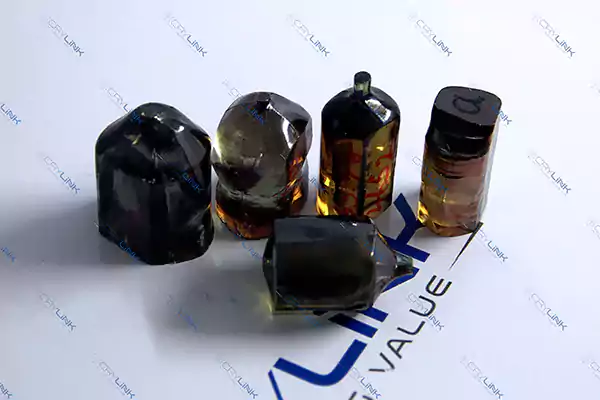
The primary emission wavelength of Nd:YVO4 lasers is 1064 nm, which falls within the infrared spectrum. This emission wavelength is beneficial for various applications, such as laser marking, micromachining, and scientific research. Nd:YVO4 lasers can also be frequency-doubled to generate green light at 532 nm, enabling applications in fields like laser displays, fluorescence imaging, and laser-induced fluorescence spectroscopy.
The versatility of Nd:YVO4 crystals extends beyond their emission wavelengths. They possess excellent temperature stability, allowing for stable and reliable laser performance over a wide range of operating conditions. Nd:YVO4 lasers exhibit high beam quality, making them suitable for applications requiring fine focusing or high spatial resolution.
Nd:YVO4 lasers find applications in various fields, including telecommunications, laser engraving, and medical procedures. Their combination of high efficiency, low pump power requirements, and compactness make them ideal for portable and handheld laser devices. The versatility and performance of Nd:YVO4 crystals have made them a popular choice in numerous laser systems.
3. Ti:Sapphire laser crystal: The Broadband Marvel
Titanium-doped sapphire, or Ti:Sapphire, crystals are renowned for their unique properties and versatility, making them highly valuable in scientific research and laser applications. The structure of these crystals comprises a sapphire (aluminum oxide) host crystal doped with titanium ions.
Ti:Sapphire crystals are particularly notable for their broad emission spectrum, which spans from the ultraviolet to the near-infrared region, typically covering wavelengths from about 650 nm to 1100 nm. This broad emission range allows these lasers to be used in a wide array of applications necessitating various accessible wavelengths.
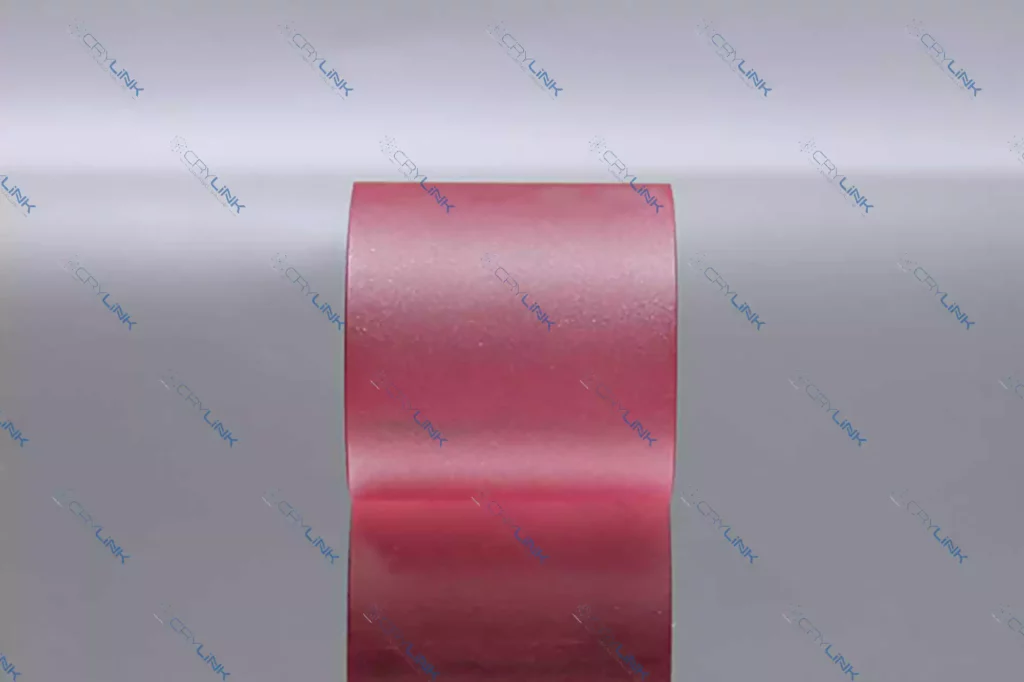
The emission wavelength of Ti:Sapphire lasers can be finely tuned by adjusting the crystal temperature or utilizing different pump sources. This tunability provides researchers with the flexibility to access specific wavelengths within the broad emission range. Such capabilities are especially valuable in areas such as spectroscopy, where precise wavelengths are necessary for accurate measurements.
Another significant feature of Ti:Sapphire crystals is their ability to generate ultrafast pulses, in the femtosecond (10^-15 seconds) range. This ultrafast gain dynamic is pivotal in ultrafast spectroscopy, nonlinear optics, and femtosecond laser systems, allowing for high temporal resolution studies of ultrafast phenomena.
Furthermore, Ti:Sapphire crystals are noted for their excellent thermal conductivity, ensuring effective heat dissipation and enabling stable and reliable laser operation. They can withstand relatively high power levels, making them suitable for high power or pulse energy applications.
Overall, Ti:Sapphire lasers have a broad range of applications, from material science and biophysics to nonlinear optics. Their broadband emission, tunability, and ultrafast pulse generation capabilities make them invaluable tools for investigating complex physical and biological phenomena.
4. Comparative Analysis: Similarities and Differences
In this chapter, we will compare and contrast Nd:YAG, Nd:YVO4, and Ti:Sapphire crystals based on several key factors, including their wavelength range and tunability, efficiency and pumping requirements, thermal conductivity and power handling, as well as their suitability for ultrafast pulse generation.
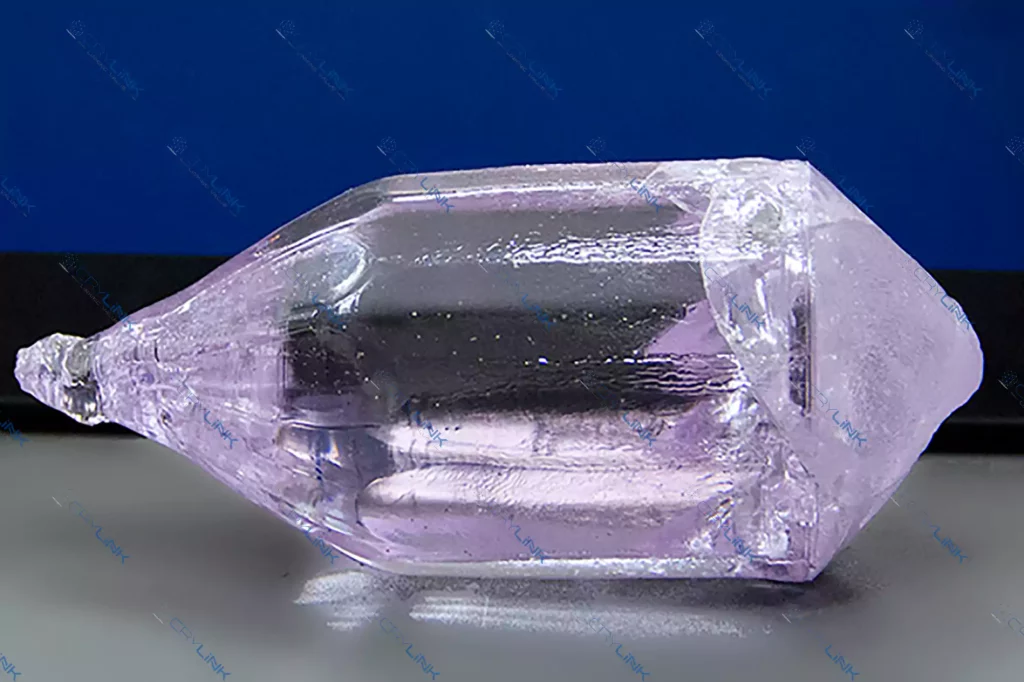
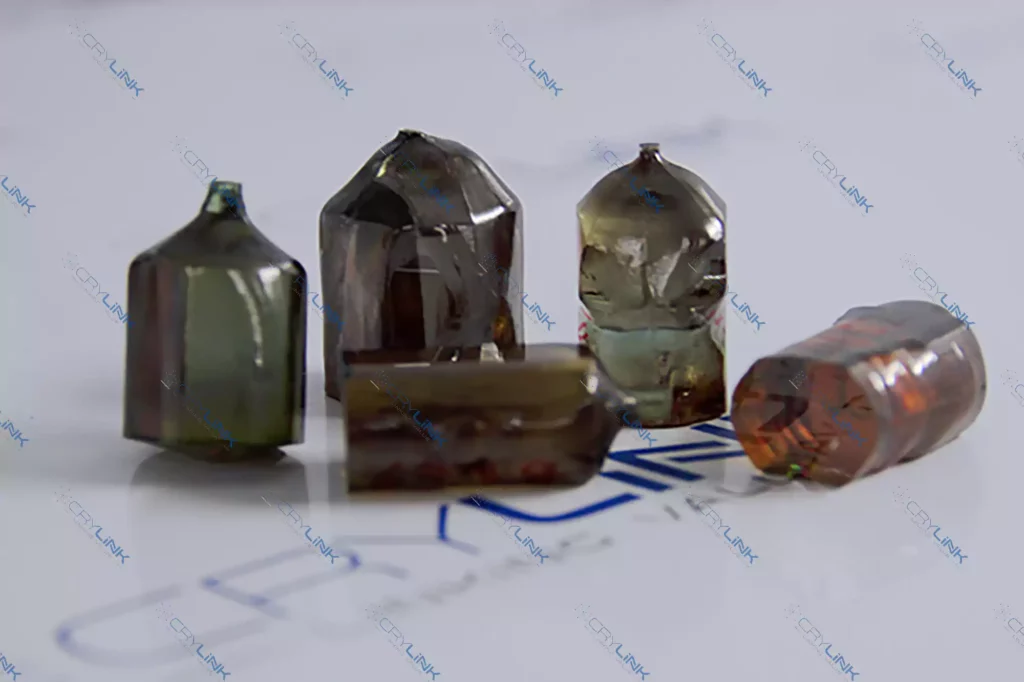
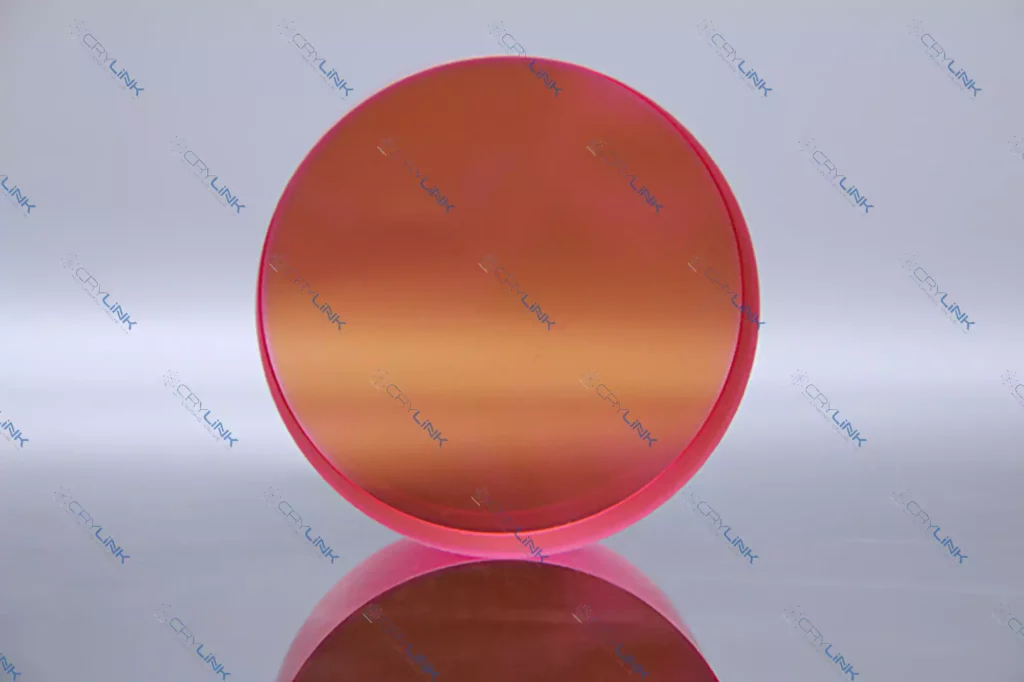
4.1 Wavelength Range and Tunability
- Nd:YAG and Nd:YVO4 crystals have similar absorption and emission wavelengths, typically around 1064 nm in the infrared spectrum.
- Ti:Sapphire crystals offer a broad emission spectrum ranging from the UV to the NIR region, allowing for extensive tunability.
4.2 Efficiency and Pumping Requirements
- Nd:YAG and Nd:YVO4 crystals have higher power conversion efficiencies compared to Ti:Sapphire crystals.
- Nd:YVO4 crystals typically require lower pump powers for the same output compared to Nd:YAG crystals.
- Ti:Sapphire crystals have higher pump power requirements due to their broad emission bandwidth.
4.3 Thermal Conductivity and Power Handling
- Nd:YAG crystals exhibit excellent thermal conductivity and can handle relatively high power levels, making them suitable for high-power industrial applications.
- Nd:YVO4 crystals have good thermal properties, allowing for stable laser operation over a wide range of operating conditions.
- Ti:Sapphire crystals possess exceptional thermal conductivity, ensuring efficient heat dissipation and enabling reliable operation.
4.4 Ultrafast Pulse Generation
- Nd:YAG and Nd:YVO4 crystals are not specifically optimized for ultrafast pulse generation.
- Ti:Sapphire crystals are highly suitable for ultrafast pulse generation.
5. Conclusion
In conclusion, Nd:YAG, Nd:YVO4, and Ti:Sapphire are fundamental laser crystals that offer unique properties and advantages in laser applications. Nd:YAG crystals excel in robustness and versatility, Nd:YVO4 crystals provide high efficiency and versatility, while Ti:Sapphire crystals offer broad emission bandwidth and ultrafast pulse generation capabilities. Understanding the similarities and differences between these laser crystals is crucial in selecting the most suitable crystal for specific applications, driving advancements in laser technology across various industries.

Frank
Frank graduated from the University of Shanghai for Science and Technology, majoring in optics. As a technical engineer at Crylink Company, he deeply understands crystal materials and laser components.
Related Video(s) with this Article
Related Product(s) with this Article
Related Application(s) with this Article



